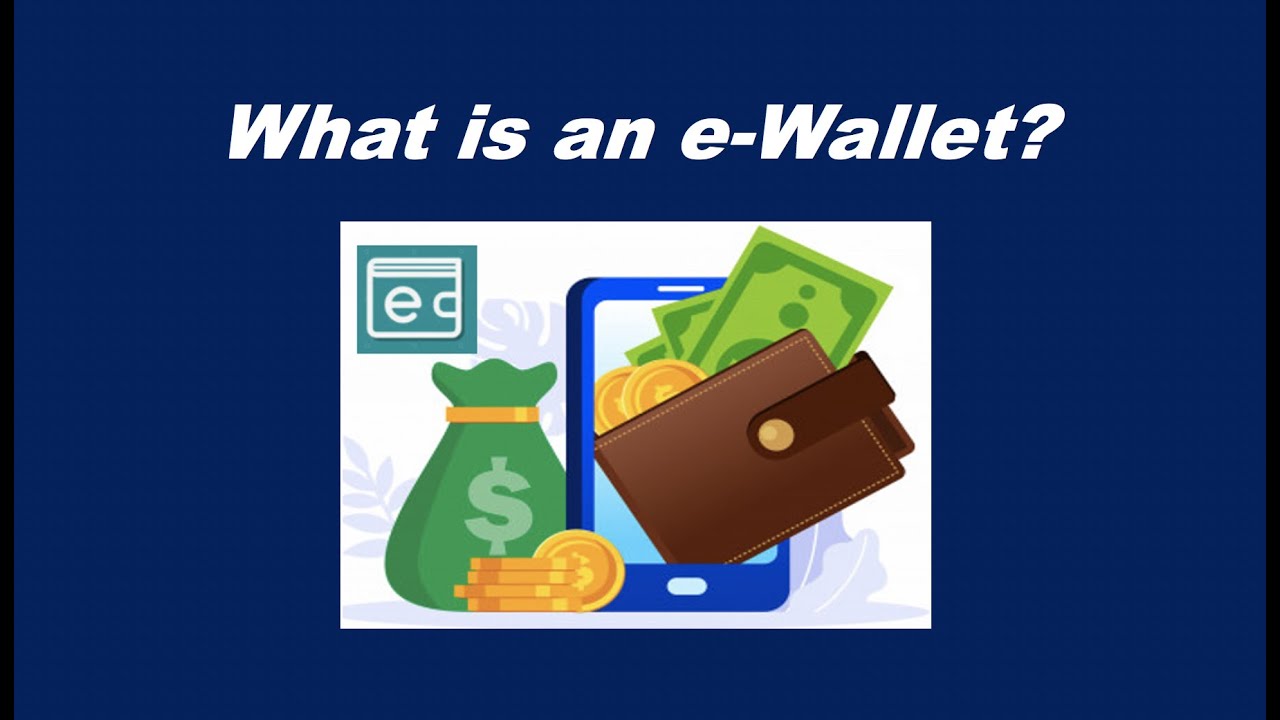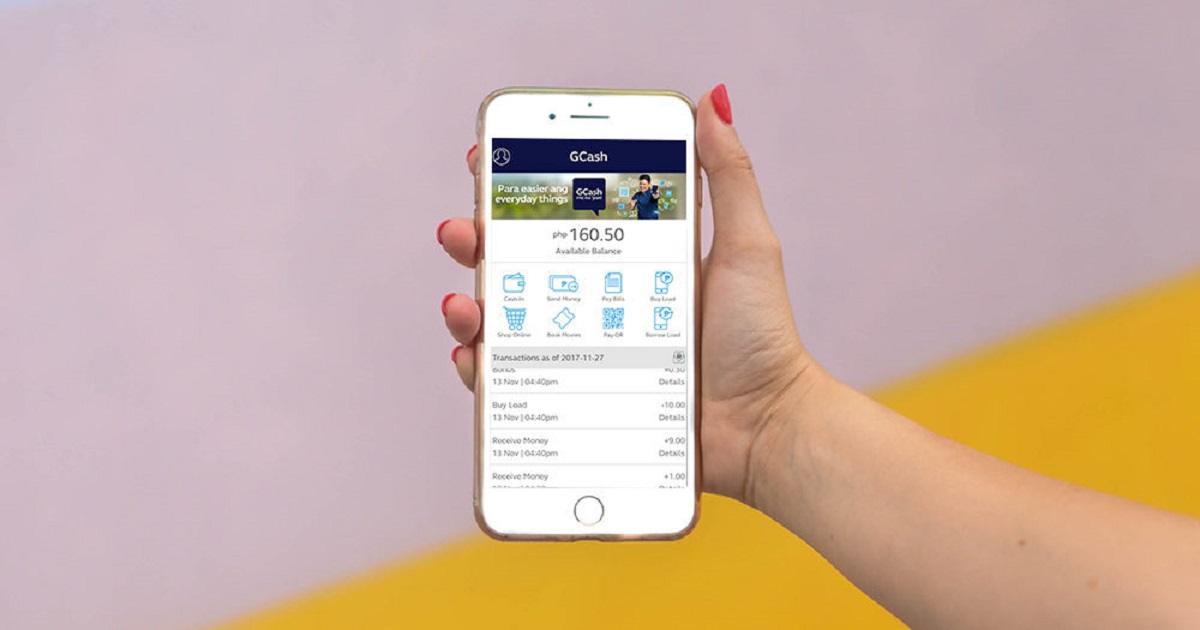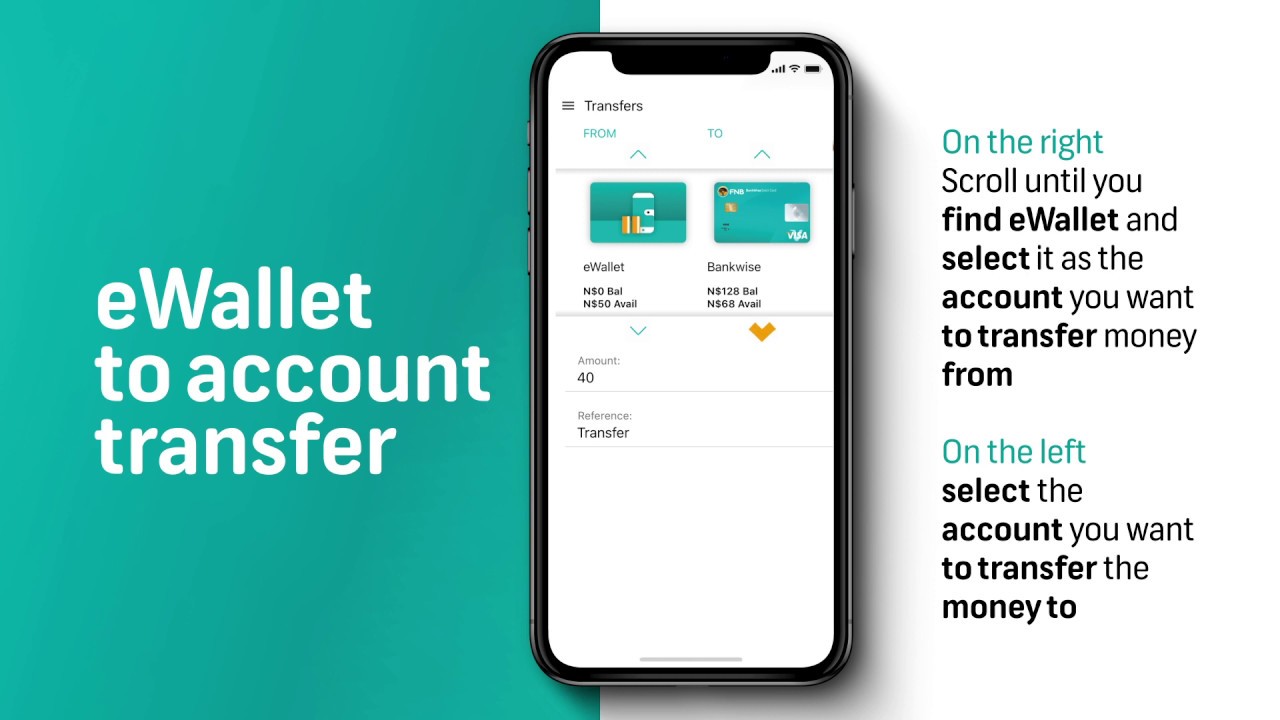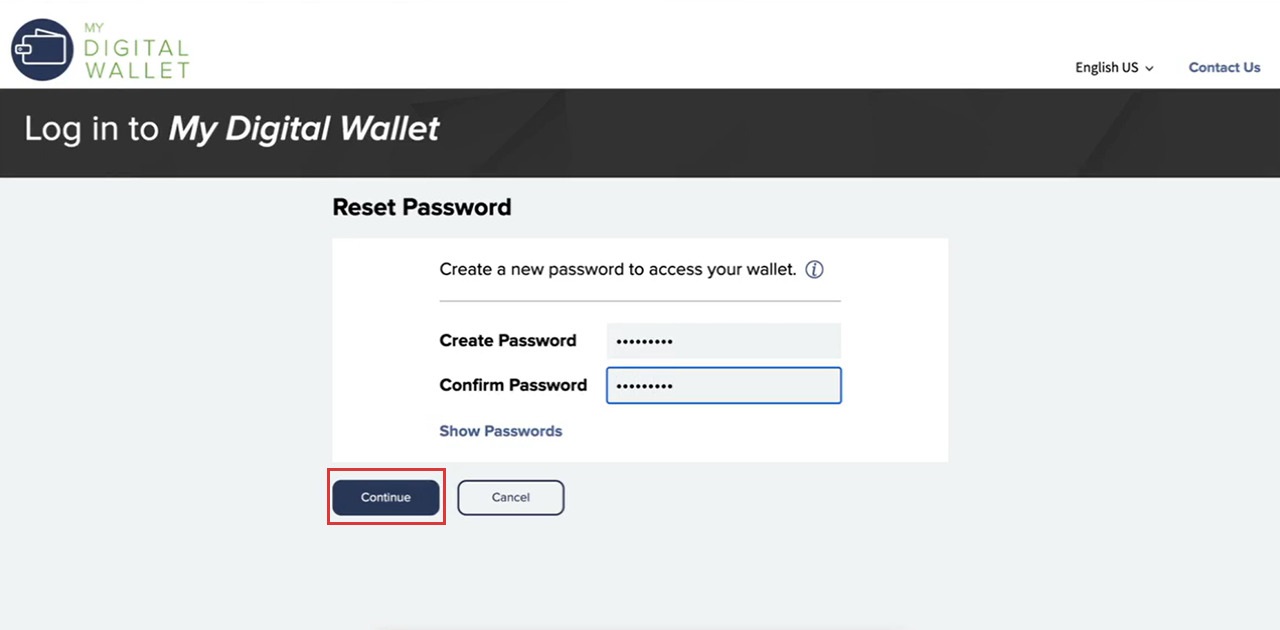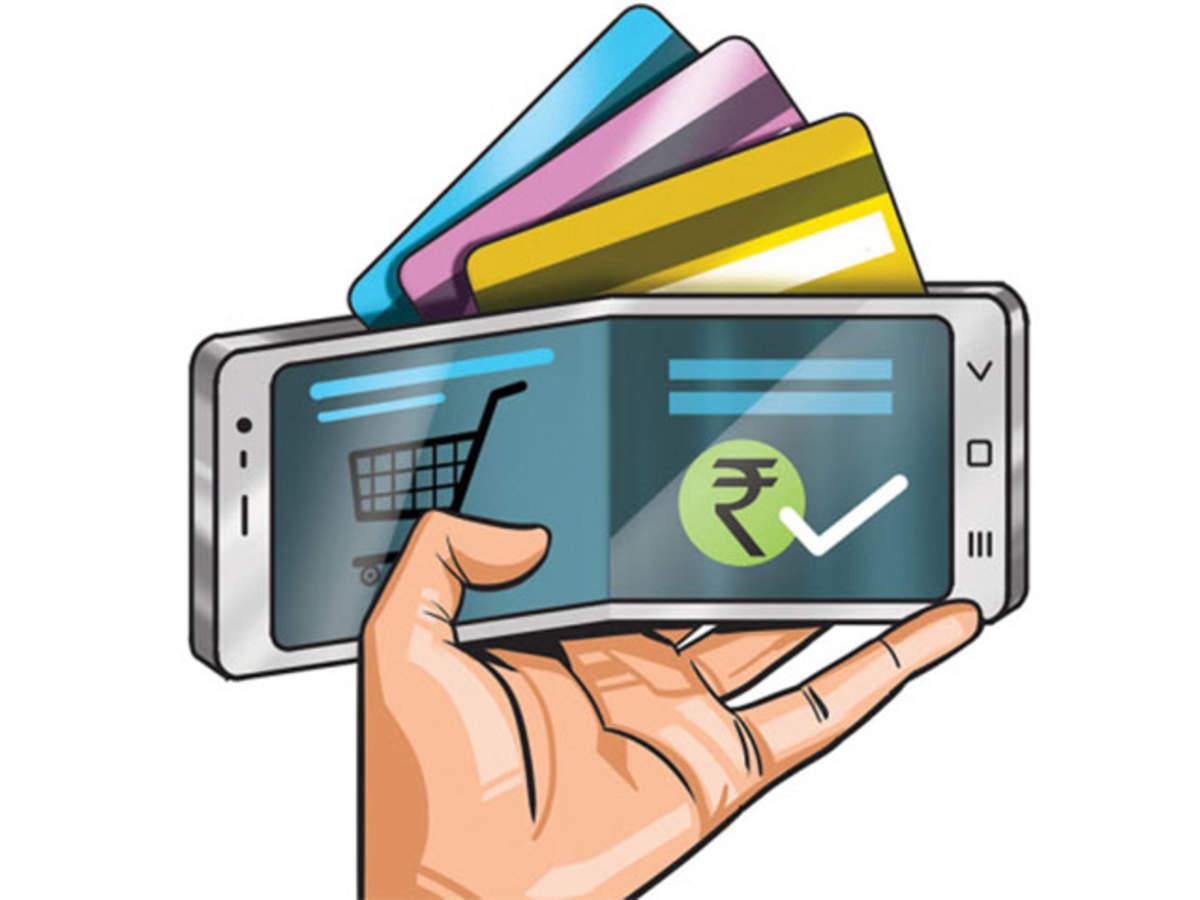What Is an E-wallet
An E-wallet, also known as a digital wallet or mobile wallet, is a virtual storage space that allows users to store their payment information securely and make digital transactions conveniently. It functions as a digital version of a physical wallet, eliminating the need to carry cash or credit cards. With an E-wallet, individuals can make online purchases, transfer money, and even make in-store payments through their smartphones, tablets, or computers.
E-wallets securely store users’ financial information, such as credit card details, bank account numbers, or even cryptocurrency holdings. This eliminates the need to manually enter payment information each time a transaction is made, enhancing convenience and speed. E-wallets can also store loyalty cards, coupons, and vouchers, allowing users to benefit from various promotions and discounts seamlessly.
One of the primary advantages of using an E-wallet is the high level of security it provides. Most E-wallets use encryption technology to protect users’ sensitive data, making it difficult for unauthorized individuals to access their information. Additionally, E-wallets often require a password, PIN, or biometric authentication, such as fingerprint or facial recognition, to authorize transactions, adding an extra layer of protection.
Another key feature of E-wallets is their versatility. They can be used for a wide range of transactions, including online shopping, utility bill payments, mobile top-ups, and peer-to-peer transfers. Some E-wallets even support offline transactions by using Near Field Communication (NFC) technology, allowing users to make contactless payments at compatible payment terminals.
E-wallets also offer a seamless user experience, with features such as transaction history, automated receipt generation, and in-app customer support. This makes it easy for users to track their spending, manage their budgets, and resolve any issues that may arise during transactions.
In summary, E-wallets provide a convenient and secure way to manage digital transactions. They eliminate the need to carry physical cash or cards, offer enhanced security measures, and provide a seamless user experience. Whether you are making online purchases, transferring money, or making in-store payments, an E-wallet is a versatile and practical solution for modern financial management.
How Does an E-wallet Work
An E-wallet works by securely storing users’ payment information and facilitating digital transactions. When a user sets up an E-wallet, they typically link it to their bank account, credit card, or other payment methods. The E-wallet then encrypts and stores this information, ensuring its security.
When a user wants to make a payment or purchase, they can simply select the E-wallet as the payment method. The E-wallet securely transmits the required payment information to the merchant or service provider, allowing the transaction to take place.
In some cases, E-wallets generate a unique digital token for each transaction, rather than transmitting the actual payment details. This token acts as a substitute for sensitive payment information, adding an extra layer of security by keeping the user’s financial data hidden from the recipient.
When making an online purchase, the user may be redirected to the E-wallet provider’s website or mobile app to complete the transaction. The E-wallet typically requires the user to authenticate the payment using a password, PIN, or biometric identification, such as a fingerprint or facial recognition. Once the transaction is authorized, the E-wallet securely shares the necessary payment information with the merchant, allowing the payment to be processed.
For in-store payments, many E-wallets use Near Field Communication (NFC) technology. This allows users to complete contactless payments by simply tapping their mobile device or payment card on a compatible payment terminal. The E-wallet communicates with the terminal to transmit the required payment information, making the transaction quick and convenient.
E-wallets also provide the ability to transfer money between users. This feature is often used for peer-to-peer transactions, allowing individuals to send money to friends or family members with just a few taps on their mobile devices. The E-wallet securely transfers the funds from the sender’s account to the recipient’s account, creating a seamless and efficient process.
Overall, E-wallets simplify and streamline the payment process by securely storing and transmitting users’ payment information. Whether it’s making online purchases or completing in-store transactions, E-wallets offer a convenient, secure, and efficient way to manage digital transactions.
Types of E-wallets
There are several types of E-wallets available, each with its own features and functionalities. The choice of E-wallet depends on the user’s needs, preferences, and the availability of supported services in their region. Here are some common types of E-wallets:
- Mobile E-wallets: These E-wallets are designed for use on smartphones and tablets. They usually require the installation of a specific mobile app provided by the E-wallet provider. Mobile E-wallets often offer a wide range of features, such as contactless payments, loyalty card integration, and transaction history tracking. Examples of popular mobile E-wallets include Apple Pay, Google Pay, and Samsung Pay.
- Web-based E-wallets: Also known as online E-wallets, these can be accessed through web browsers on computers or mobile devices. Users can access their E-wallet accounts by logging into the provider’s website. Web-based E-wallets are convenient for those who prefer accessing their digital wallet from any device with an internet connection. PayPal and Skrill are well-known examples of web-based E-wallets.
- Desktop E-wallets: These E-wallets are installed and run on personal computers and laptops. They provide a secure environment for managing digital transactions and are typically accessed through a dedicated software application. Desktop E-wallets are suitable for users who prefer a more traditional computing experience. Electrum and Exodus are examples of popular desktop E-wallets for managing cryptocurrency holdings.
- Cryptocurrency E-wallets: These E-wallets are specifically designed for storing and managing cryptocurrencies such as Bitcoin, Ethereum, or Litecoin. They enable users to store their digital assets securely and facilitate cryptocurrency transactions. Cryptocurrency E-wallets can be web-based, mobile, or desktop applications, depending on the specific cryptocurrency and the provider. Examples of cryptocurrency E-wallets include Coinbase, Ledger Nano S, and MyEtherWallet.
Each type of E-wallet has its own set of advantages and may cater to different payment needs. It is essential for users to consider factors such as device compatibility, supported services, security features, and the reputation of the wallet provider when choosing an E-wallet that best suits their requirements. Whether it’s a mobile E-wallet for on-the-go payments or a desktop E-wallet for cryptocurrency management, the wide range of E-wallet options ensures that users can find a solution that aligns with their preferences and financial activities.
Benefits of Using an E-wallet
Using an E-wallet offers a multitude of benefits that make digital transactions fast, convenient, and secure. Here are some key advantages of using an E-wallet:
- Convenience: One of the major advantages of using an E-wallet is the convenience it provides. With an E-wallet, users no longer need to carry physical cash or multiple payment cards. They can make payments and complete transactions with just a few taps on their mobile devices or computers, saving time and effort.
- Quick and Easy Transactions: E-wallets enable swift and seamless transactions. Users can make payments instantly, whether they are shopping online or making in-store purchases. The E-wallet securely stores their payment information, eliminating the need to repeatedly enter payment details for each transaction.
- Enhanced Security: E-wallets prioritize user security. They use advanced encryption technology to protect sensitive financial information, reducing the risk of unauthorized access. Additionally, many E-wallets offer two-factor authentication, requiring a password, PIN, or biometric identification to authorize transactions, providing an additional layer of security.
- Budget Management: E-wallets make it easier for users to track their spending and manage their budgets. Many E-wallets provide features like transaction history, spending analysis, and categorized spending reports. This enables users to gain insights into their financial habits, set budgets, and make informed decisions about their spending.
- Reward Programs and Discounts: Some E-wallets offer reward programs or loyalty schemes that allow users to earn points, cashback, or discounts with every transaction. These incentives can make using an E-wallet even more beneficial, as users can accumulate rewards and enjoy savings on their purchases.
- Contactless Payments: Many E-wallets support contactless payments through Near Field Communication (NFC) technology. Users can simply tap their mobile devices or payment cards on compatible payment terminals to make quick and secure transactions without the need for physical contact or entering a PIN.
- Global Accessibility: E-wallets offer global accessibility, allowing users to make transactions and payments internationally. They eliminate the need for currency conversions or carrying cash while traveling, providing a convenient and hassle-free payment method across borders.
In summary, using an E-wallet provides numerous benefits, including convenience, quick transactions, enhanced security, budget management, reward programs, contactless payments, and global accessibility. These advantages make E-wallets a popular choice for individuals seeking a seamless and efficient way to manage their digital transactions.
Security and Privacy of E-wallets
When using an E-wallet, security and privacy are top priorities. E-wallet providers employ various measures to ensure the protection of users’ financial information. Here are some key aspects of the security and privacy features offered by E-wallets:
- Encryption: E-wallets use encryption technology to secure users’ payment information during transmission and storage. This ensures that sensitive data, such as credit card details or bank account numbers, cannot be intercepted or accessed by unauthorized individuals.
- Passwords and PINs: E-wallets often require users to set up a strong password or a unique Personal Identification Number (PIN) to access their wallet. This helps prevent unauthorized access to the E-wallet account, adding an extra layer of security.
- Biometric Authentication: Many E-wallets support biometric authentication, such as fingerprint or facial recognition, to verify the user’s identity. Biometric authentication provides a secure and convenient way to authorize transactions, ensuring that only authorized individuals can access the E-wallet.
- Tokenization: Some E-wallets use tokenization, a process that replaces sensitive payment information with a unique token. This token acts as a substitute for the actual payment details, adding an extra layer of security by keeping the user’s financial data hidden from recipients or merchants.
- Two-Factor Authentication (2FA): E-wallets may implement two-factor authentication, where users need to provide two pieces of identification to access their wallet. This can include a combination of a password, PIN, fingerprint, or one-time passcode, making it more difficult for unauthorized individuals to gain access.
- Secure Transactions: E-wallets ensure secure transactions by encrypting and securely transmitting payment information to merchants or service providers. This protects the user’s financial data from being intercepted or manipulated during the transaction process.
- Privacy Controls: E-wallets often provide privacy controls that allow users to control the information they share with merchants or service providers. Users can choose to share limited information or opt for anonymous transactions to protect their privacy.
- Activity Monitoring: E-wallet providers monitor user account activity to detect and prevent fraudulent transactions. They employ advanced algorithms and systems to identify suspicious behavior, unauthorized access attempts, or unusual patterns, resulting in enhanced security for users.
It is important for users to choose reputable E-wallet providers that prioritize security and privacy. Reading user reviews, investigating the provider’s security practices, and staying informed about any potential vulnerabilities can help ensure the safety of personal information when using an E-wallet.
By employing robust security measures and privacy controls, E-wallets provide users with a high level of confidence when it comes to protecting their financial data and conducting secure transactions. Taking necessary precautions and choosing trusted E-wallet providers can help users enjoy the convenience of digital transactions without compromising security or privacy.
Popular E-wallet Providers
There are numerous E-wallet providers that offer a wide range of features and services to meet the diverse needs of users. Here are some of the most popular E-wallet providers:
- PayPal: PayPal is one of the most well-known and widely used E-wallet providers globally. It allows users to link their bank accounts, credit cards, or debit cards to their PayPal account, providing a secure platform for online transactions. PayPal supports payments on various websites and offers buyer and seller protection.
- Apple Pay: Apple Pay is a mobile E-wallet designed for Apple device users. It enables seamless payments using iPhones, iPads, Apple Watches, and Mac computers. Apple Pay incorporates various security features, such as Touch ID or Face ID, to ensure secure transactions. It supports contactless payments both online and at physical retail stores.
- Google Pay: Google Pay, formerly known as Android Pay, is a mobile E-wallet available for Android device users. It allows users to make contactless payments by tapping their smartphones on compatible payment terminals. Google Pay supports peer-to-peer transfers, online payments, and loyalty card integration, making it a versatile choice for Android users.
- Samsung Pay: Samsung Pay is specifically designed for Samsung Galaxy smartphone users. It offers extensive compatibility with payment terminals, supporting both near-field communication (NFC) and magnetic secure transmission (MST) technologies. This allows users to make payments on virtually any payment terminal, making Samsung Pay a popular choice among Samsung device owners.
- Venmo: Venmo is a mobile payment service popular in the United States. It enables users to send and receive money from friends and family effortlessly. Venmo offers social features, allowing users to like and comment on transactions, which makes it a convenient option for splitting bills or reimbursing friends for expenses.
- WeChat Pay: WeChat Pay is a widely used E-wallet in China and a vital component of the WeChat app, China’s most popular messaging platform. WeChat Pay allows users to make payments, transfer money to friends, and shop online. It also integrates with various offline merchants, making it a primary payment method in China’s digital landscape.
These popular E-wallet providers offer a range of features, expanded payment options, and wide acceptance among merchants, making them convenient and reliable choices for users’ digital payment needs. It is important to research the specific features, security measures, and availability in your region to select an E-wallet provider that aligns with your preferences and requirements.
How to Set Up an E-wallet
Setting up an E-wallet is a simple and straightforward process. While the exact steps may vary depending on the E-wallet provider and the type of wallet you choose, here are the general steps to set up an E-wallet:
- Choose an E-wallet: Research and select an E-wallet provider that suits your needs and is compatible with your device. Consider factors such as security features, supported payment methods, and the availability of services in your region.
- Download the App or Access the Website: If using a mobile or desktop E-wallet, download the application from your device’s app store or access the E-wallet’s website through your web browser.
- Create an Account: Follow the prompts to create a new account. You may need to provide personal information such as your name, email address, and phone number. Some providers may require additional identity verification steps, depending on their security policies and local regulations.
- Add Payment Methods: Link your E-wallet to your desired payment methods, such as bank accounts, credit cards, or debit cards. This allows you to fund your E-wallet and make payments or transfers conveniently. Follow the instructions provided by the E-wallet to link your preferred payment methods securely.
- Set Up Security Measures: Enable the necessary security measures provided by the E-wallet. This may include setting up a strong password, PIN, or enabling biometric authentication, such as fingerprint or facial recognition, to protect your E-wallet account.
- Verify Your Account: Some E-wallets require you to verify your account before you can start using certain features or higher transaction limits. Follow the verification process, which may involve providing additional identification documents as per the provider’s requirements.
- Explore Additional Features: Once your E-wallet is set up, take some time to familiarize yourself with its features. This may include exploring options for in-store payments, loyalty card integration, transaction history, or budget management tools. Customize the settings based on your preferences to optimize your E-wallet experience.
- Start Making Transactions: Your E-wallet is now ready to use. Whether you’re shopping online, making in-store payments, or transferring money to friends and family, you can now start making transactions conveniently and securely using your E-wallet.
It’s important to note that while setting up an E-wallet is generally a user-friendly process, it’s essential to follow best practices for online security. This includes choosing strong, unique passwords, keeping your E-wallet app or website up to date, and being cautious of phishing attempts or suspicious activities.
By following these steps and ensuring the security of your E-wallet, you can enjoy the convenience and benefits of managing your digital transactions effectively and securely.
How to Use an E-wallet
Using an E-wallet is a simple and convenient way to make digital transactions. Once you have set up your E-wallet and added your preferred payment methods, follow these steps to effectively use your E-wallet:
- Online Payments: When shopping online, select the E-wallet as your payment method during checkout. You may be redirected to the E-wallet provider’s website or mobile app to authorize the transaction. Verify the payment details, authenticate the transaction using your password, PIN, or biometric authentication, and complete the purchase.
- In-Store Payments: For in-store payments, ensure that the merchant accepts your E-wallet payment method. If using a mobile E-wallet, open the E-wallet app on your device and tap it on the payment terminal or scan the provided QR code. Authenticate the transaction using the required method (e.g., password, PIN, or biometric authentication), and the payment will be processed.
- Peer-to-Peer Transfers: Some E-wallets allow you to send money to friends or family members. Access the peer-to-peer transfer feature within the E-wallet app or website and enter the recipient’s details, such as their email address, phone number, or username, depending on the E-wallet provider. Confirm the transaction and the funds will be transferred to the recipient’s E-wallet or linked bank account.
- Loyalty Cards and Vouchers: If your E-wallet supports loyalty cards or vouchers, add them to your digital wallet. When making a purchase or availing a promotional offer, open the E-wallet app, select the relevant loyalty card or voucher, and present it to the cashier or scan the provided code. The appropriate discounts or rewards will be applied to your transaction.
- Check Transaction History: Most E-wallets provide a transaction history feature that allows you to view your past transactions. This helps you keep track of your spending, review payment details, and reconcile your finances. Access the transaction history within the E-wallet app or website to monitor your financial activity.
- Top-Up or Reload: To ensure you have sufficient funds in your E-wallet, some wallets allow you to top-up or reload your balance. Depending on the E-wallet provider, you may be able to link your bank account or credit/debit card for automatic top-ups, or manually transfer funds to your E-wallet whenever needed.
- Secure Your E-wallet: Protect the security of your E-wallet by keeping your login credentials confidential and enabling any additional security features provided by the E-wallet. Regularly check for app updates to ensure you have the latest security patches and be cautious of phishing attempts or suspicious activities that may compromise the security of your E-wallet.
By following these steps and utilizing the various features offered by your E-wallet, you can maximize the convenience, security, and benefits of using your E-wallet for digital transactions. Make sure to familiarize yourself with the specific features and functionalities of your chosen E-wallet to optimize your user experience.
Conclusion
E-wallets have revolutionized the way we make payments and manage our finances in the digital age. With their convenience, security features, and versatility, E-wallets have become an indispensable tool for individuals seeking a seamless and efficient way to handle digital transactions.
By securely storing payment information, E-wallets eliminate the need to carry physical cash or multiple payment cards. They offer the convenience of making quick and easy transactions online or in-store, with just a few taps on a mobile device or clicks on a computer.
The security and privacy measures employed by E-wallet providers ensure the protection of users’ financial data. Encryption technology, two-factor authentication, and biometric identification all contribute to keeping transactions secure and providing users with peace of mind.
Furthermore, using an E-wallet offers additional benefits such as budget management tools, reward programs, and contactless payment capabilities. E-wallets enable users to track their spending, earn rewards, and make contactless payments, making their financial management more effective and fulfilling.
To get started with an E-wallet, choose a reputable provider that aligns with your needs and preferences. Follow the steps for setting up an E-wallet, add your preferred payment methods, and explore its features. Whether it’s making online purchases, transferring money to friends, or enjoying discounts from loyalty programs, an E-wallet provides a seamless and secure way to manage digital transactions.
However, it is essential to remain vigilant and adopt best practices for online security. Protect your E-wallet account by setting strong passwords, regularly updating your E-wallet app, and being cautious of phishing attempts or suspicious activities.
In conclusion, E-wallets have transformed the way we handle digital transactions, offering convenience, security, and a wide array of features. Embracing the use of E-wallets can greatly enhance financial management and provide a smoother and more enjoyable payment experience in our increasingly digital world.







